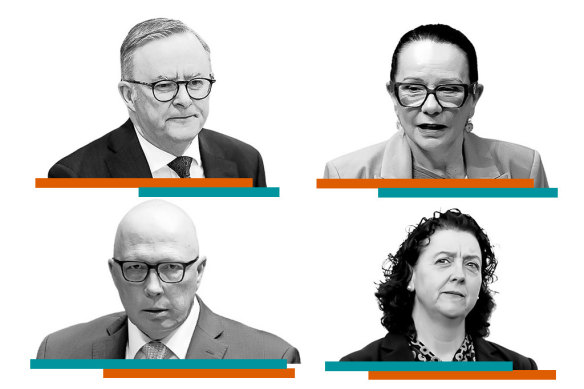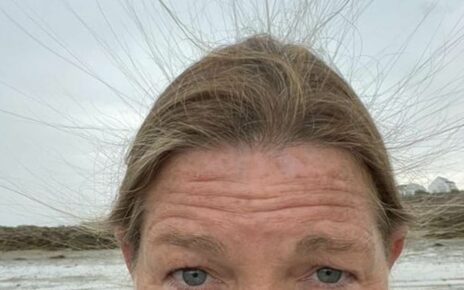By Shane Wright
Artwork:Credit: Matthew Absalom-Wong
Save articles for later
Add articles to your saved list and come back to them any time.
Australian election nights are a form of bingo, as analysts go through the various seats to determine which party has won enough to form government. But at a referendum, the votes of individual electorates are unimportant. What counts is the total number of votes for or against as well as whether a majority of states have said yes or no.
Yet come Saturday evening, as the Australian Electoral Commission tallies ballots from around the country, there will be a focus on certain seats that – for a variety of reasons – will attract more attention than others.
These electorates, stretched across the country, will resonate because of their representative, their history or the demographic make-up of their voters. They will also be examined by analysts to determine if there is anything about these seats, and their results, which could give insights into their future voting intentions.
The starting point will be the seats held by the leaders, and their deputies, of the major parties. Most attention will fall on the seat of Grayndler, held Prime Minister Anthony Albanese.
While Grayndler is very much an inner-city electorate, Albanese’s deputy Richard Marles holds the Victorian seat of Corio which is centred on the fast-growing centre of Geelong. It is likely that while both Corio and Grayndler are solidly Labor electorates, they will vote differently on the referendum.
Liberal leader Peter Dutton and his deputy, Sussan Ley, represent parts of the country which have long histories of rejecting constitutional reform.
Both have been forceful in prosecuting the No case which is likely to resonate in their seats.
The junior Coalition partner, the Nationals, were the first major party to express its opposition to the Voice.
Nationals leader David Littleproud represents a sweeping Queensland seat that, despite holding one of the larger Indigenous populations in the state, is likely to vote No.
Greens’ leader Adam Bandt has had to deal with divisions within his own party over the Voice, with some members arguing it does not go far enough.
Bandt holds the seat of Melbourne which, since 1906, has been one of the most likely to support a referendum.
Outside the seats of party leaders there are the electorates of other key political players. This includes Indigenous Australians Minister Linda Burney who has been a central part of the Voice campaign.
One of the defining elements of the 2022 federal election was the teal independent wave which swept across Liberal-held seats.
In Sydney, the Liberal Party was left without an electorate touching Sydney Harbour for the first time since its creation. Some of these seats have shown a progressive streak over past referendums and may again back a constitutional change.
In Melbourne, the teal wave did its most damage to the Liberal Party with then treasurer Josh Frydenberg losing a seat which had been held by conservative parties since Federation.
The electorate of that was Robert Menzies’ long-term base is now held by independent Monique Ryan while nearby Goldstein, another long-standing Liberal centre, was taken by fellow independent Zoe Daniel.
Across the other side of Australia, the teal wave crashed into Curtin which takes in the famed “golden triangle” suburbs of wealthy Perth.
Indigenous Australians make up a little over 3 percent of the nation’s population. But in Lingiari, which covers almost all of the Northern Territory, the proportion is more than 40 per cent.
Much of the No campaign has focused on divisions within the Indigenous community over the Voice. The result in Lingiari, where about a fifth of the vote will be collected from mobile remote polling booths, may take a few days to be known.
Cut through the noise of federal politics with news, views and expert analysis. Subscribers can sign up to our weekly Inside Politics newsletter.
Most Viewed in Politics
Source: Read Full Article



